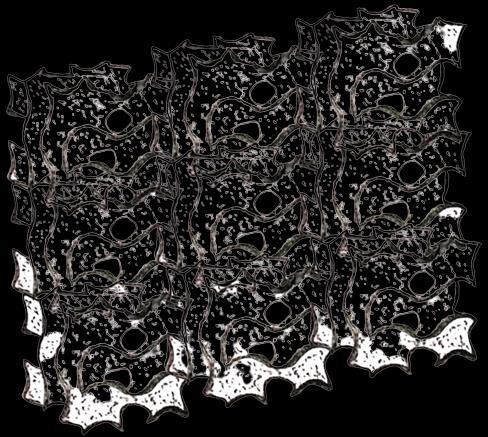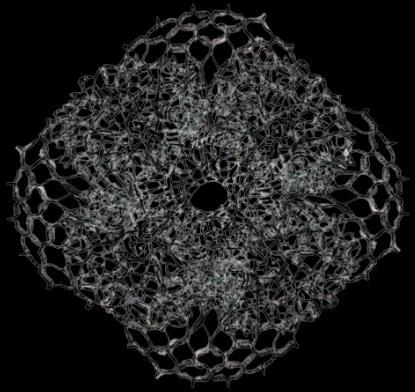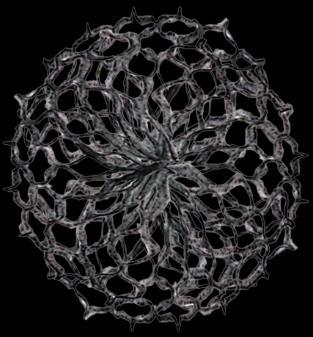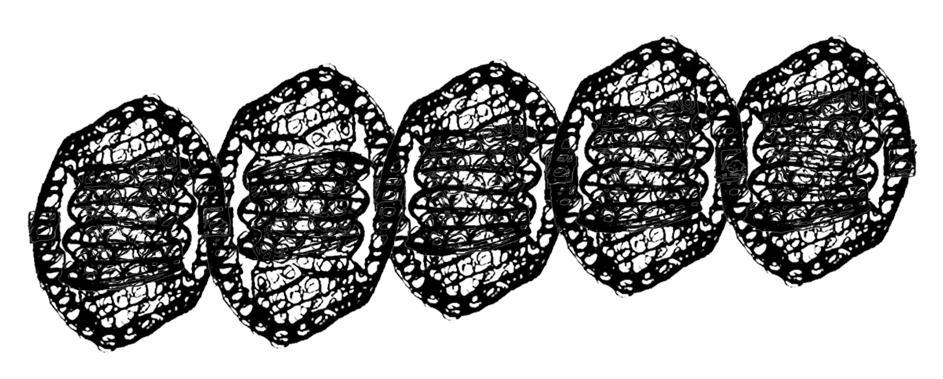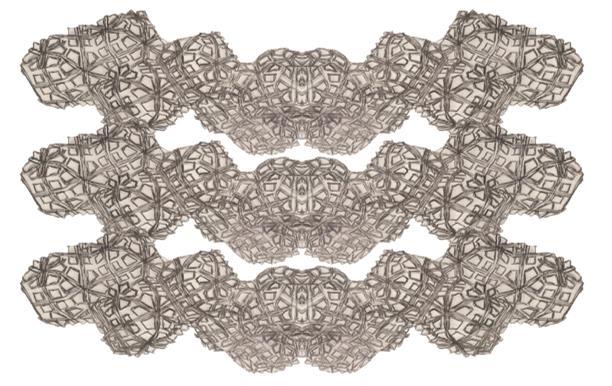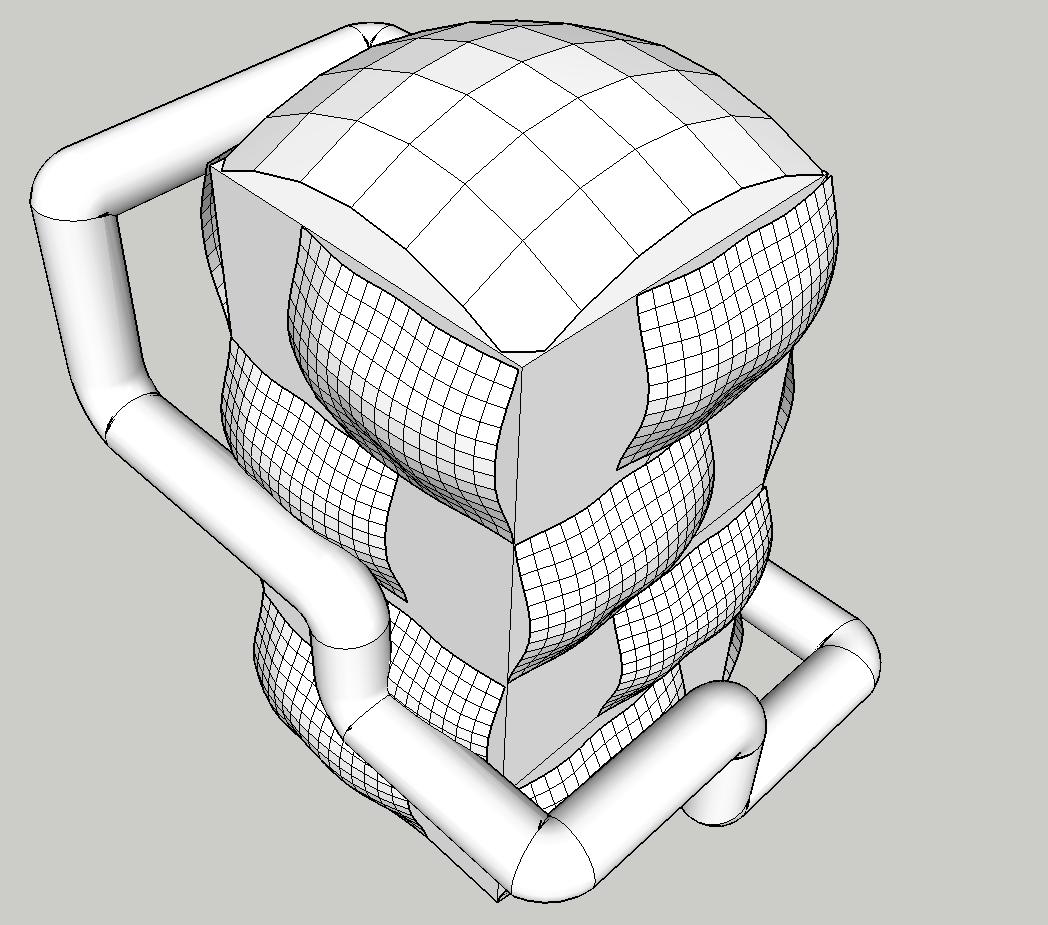
2 minute read
Design Idea 2: Patterns
Patterns are everywhere around us both in natural forms and manmade structures. Most buildings are either squares or rectangles. Nowadays, rectangles are used more often than all other shapes because the modern trend is to build towers – either residential or commercial dwellings. Here, I experimented with this idea starting from something simple and adding elements that turned it into complex.
A mixture of rectangles have been arranged to create an irregular pattern on a tower-like model.
Advertisement
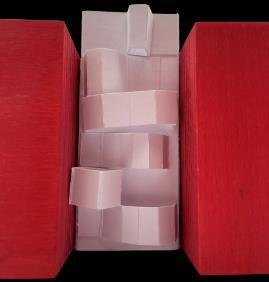
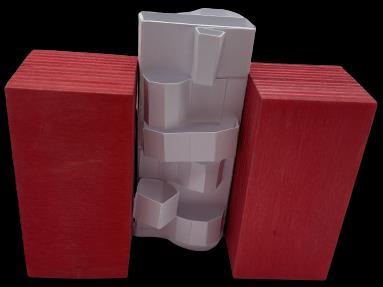
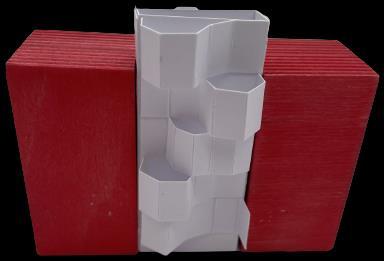
In addition, two smaller blue blocks have been used to change the design.
I started with someblock models.ThenIadded two card elements that represent the balconies in a block offlats. I then rearrangedthe different aspects, tookthem apartand combinedthemagainto giveus adifferent perspectiveofthe designthat this modelcan achieve.
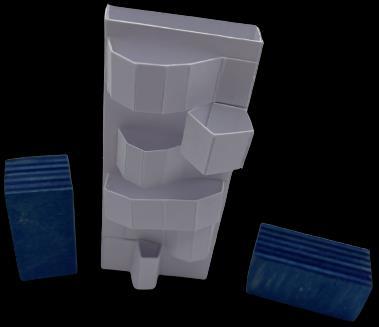
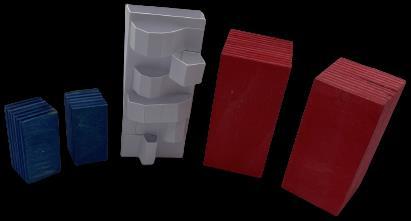

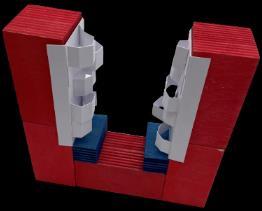
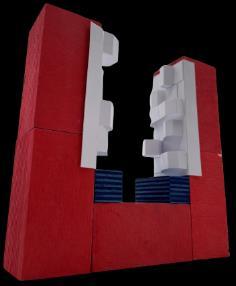
I experimented with the size of the model. The structure can be wider or thinner according to the space available to build.
This is a further development of the model which involved using different materials.
I started with a rectangular piece of card that was folded in the form of a tower. The next step involved hot gluing black mesh and twisting it around the model.
Later,Imade anothertower,but thistimeIused metalmeshand gluedthemon. Theseare indicationsof balconies.Iturned thestructure horizontallytosee ifithadanyeffect.
Here I combined the two different towers into one. I stacked them on top of each other and then also rotated them in search of the best possible alternative. I wanted to see if there are any better alternatives after doing this.
Because of the black and white color palette and the curves of the black mesh, I was reminded again of Ying and Yang.
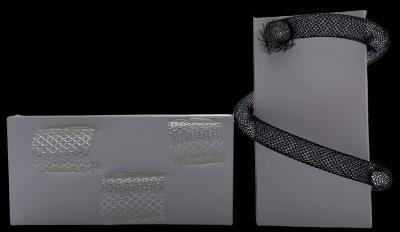
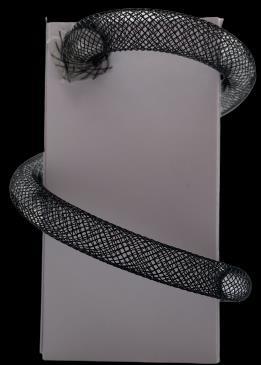

I discovered that I liked the idea of the two models separate. Therefore, I placed them one next to the other and resulted in two complimentary blocks.

Theplan viewsofferan overall perspectiveand highlight the arrangementof thepatternedpanels in a whirlpooleffect. Itenvelops the buildingand adds aesthetically pleasantdetail to thetower.
Revising what I made on the previous slides, I combined the two towers into one structure. This turned out to look like a rectangular block wrapped up by alternating areas of patterned design elements from top to bottom. I have placed a dome in the style of Jean Nouvel on top of the building. Further to this, the black mesh changed shape into a tubular element that is looping around like the metal slide for the ArcelorMittal Orbit.
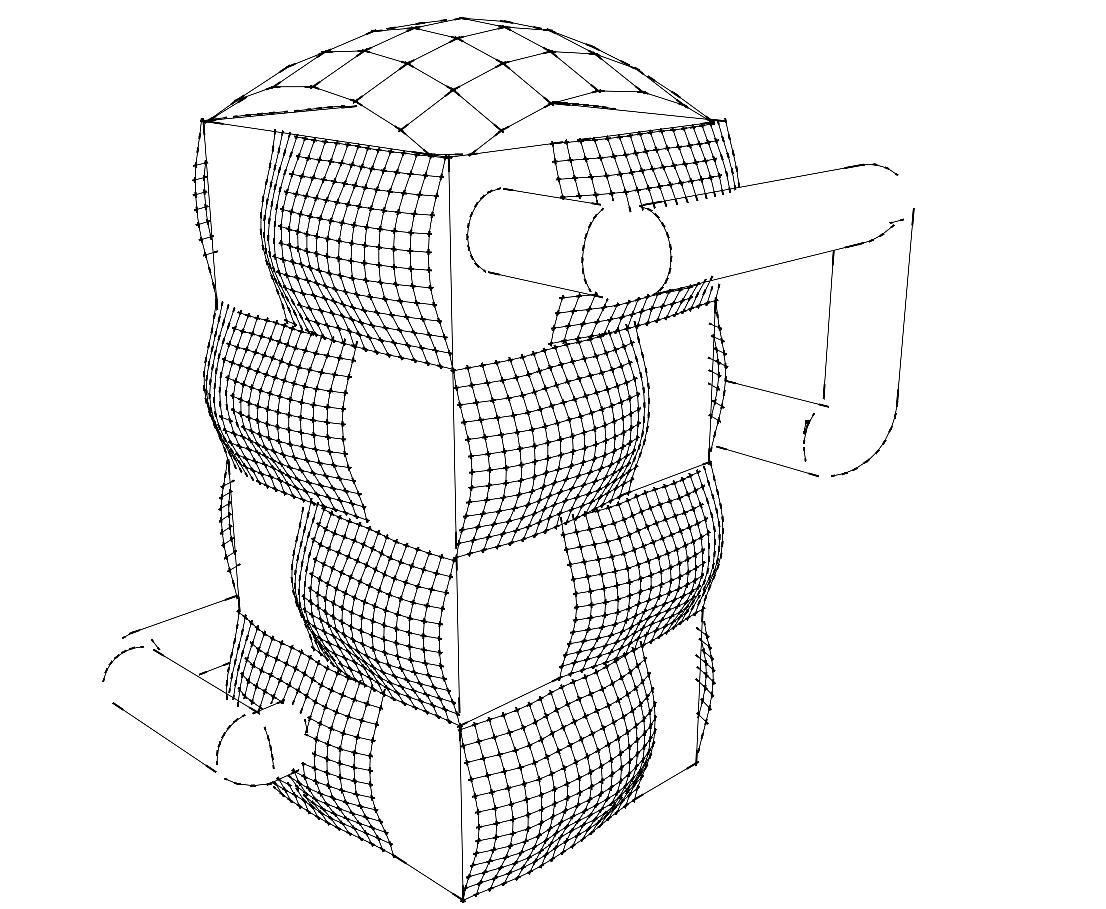
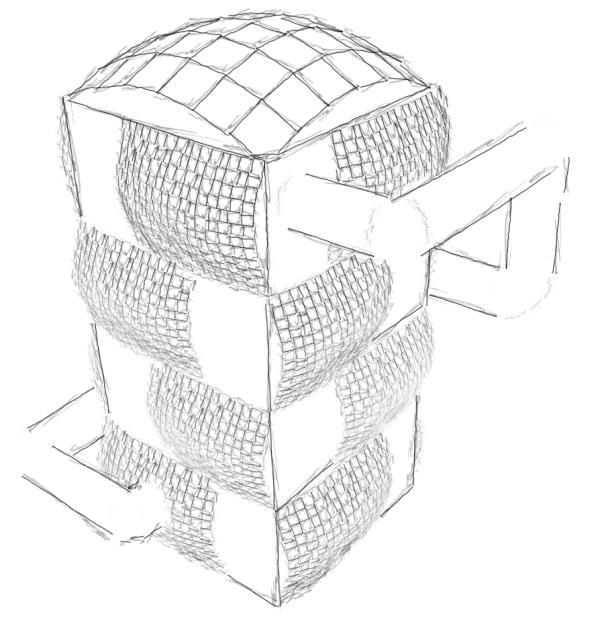
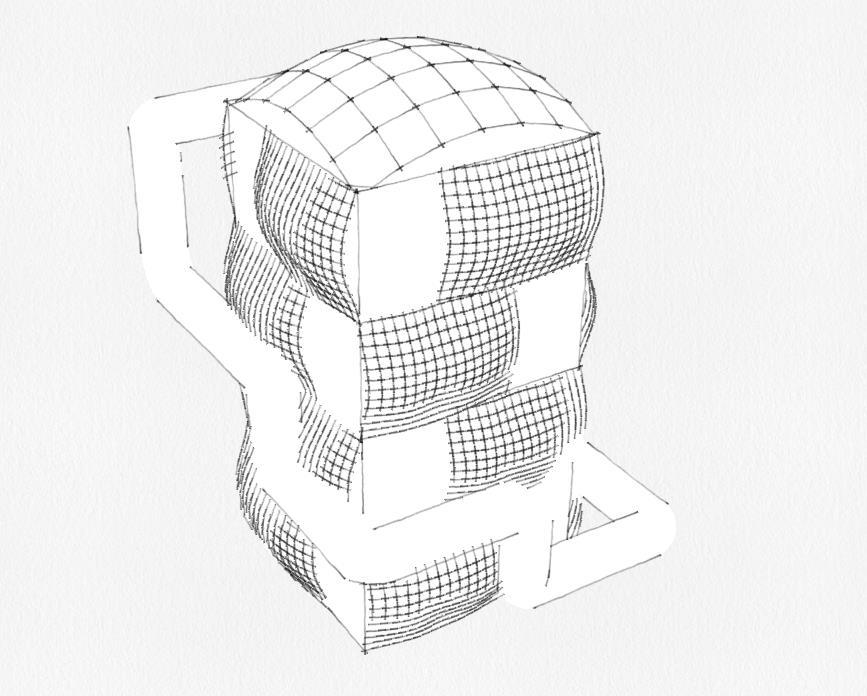
Architectural drawings would look similar to the sketches above. These helped me visualise what this model could turn out like if I continued with this idea. The patterned panels are curved in line with design idea 1.
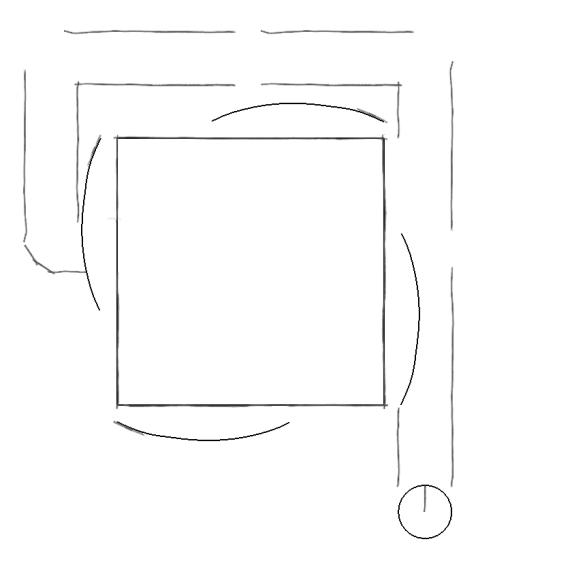
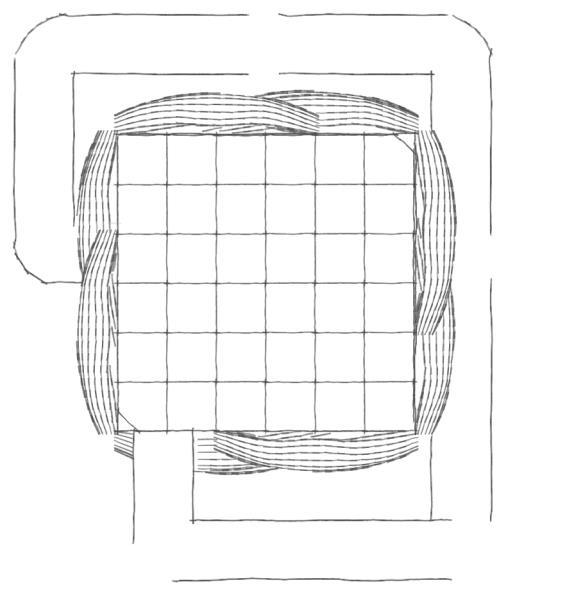
I discovered a structure near Greenwich that caught my eye because it was shimmering in the sunlight. It reminded me of the shimmering light at the Institut du Monde Arabe in Paris. Jean Nouvel used light and darkness, the concept of Chiaroscuro in designing some of the masterpieces that I researched.
Hence, I drew this creationand looked carefully at the pattern. The pattern was made complex because the triangles were replicated again and again, creating diamond shapes.




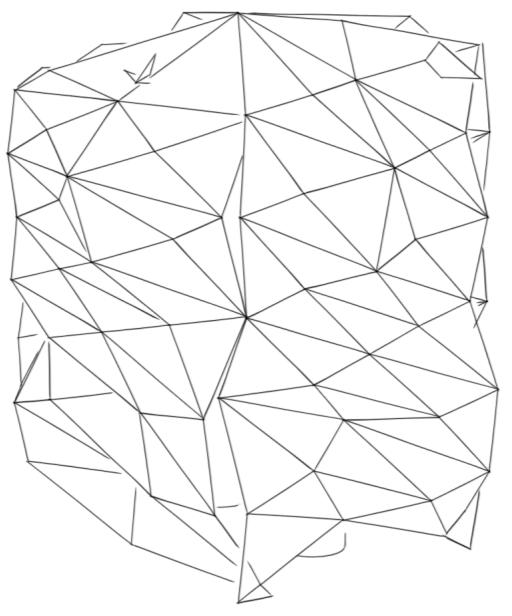
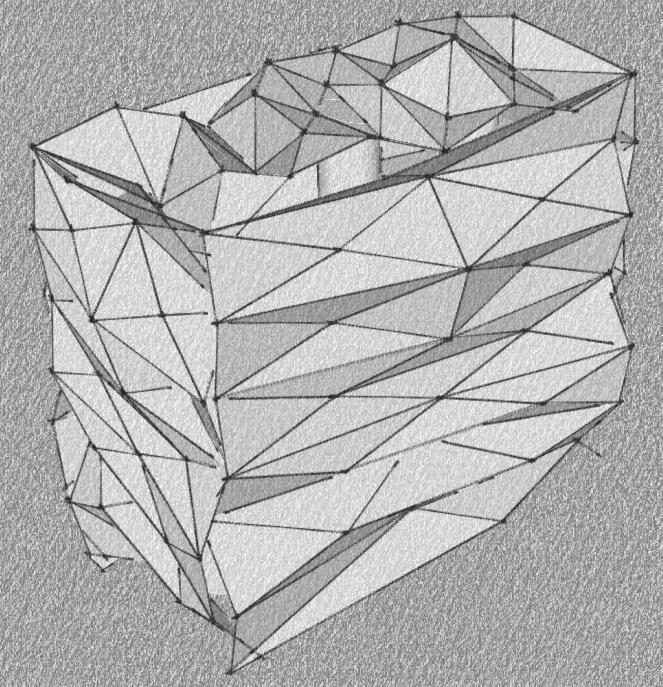
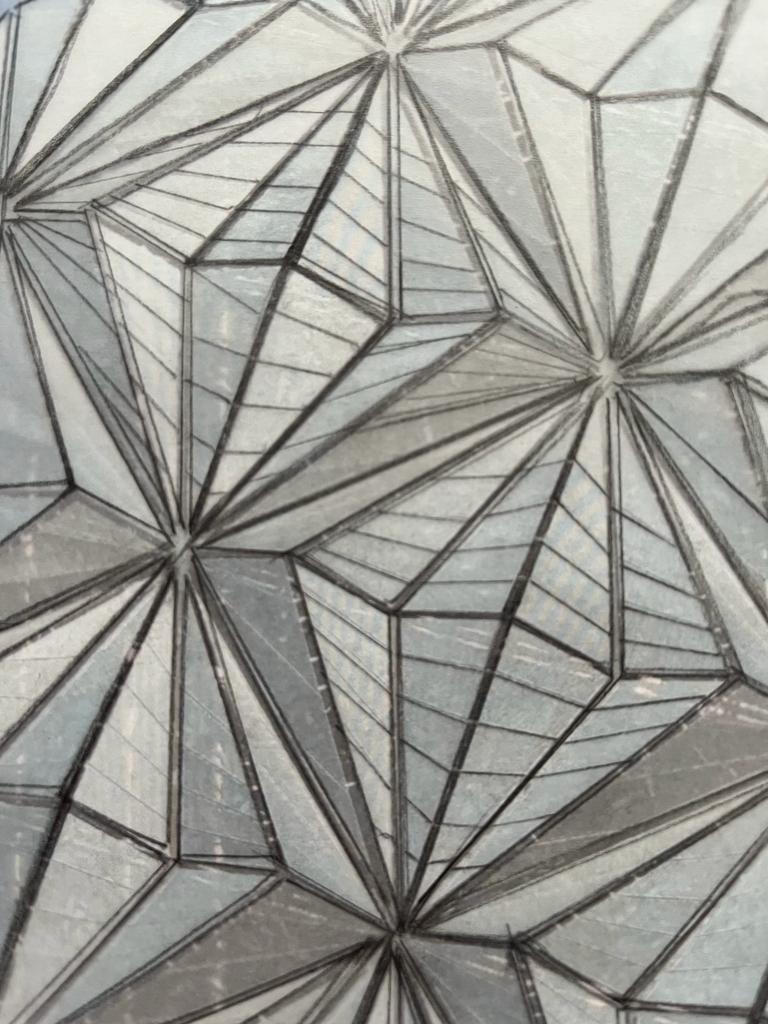

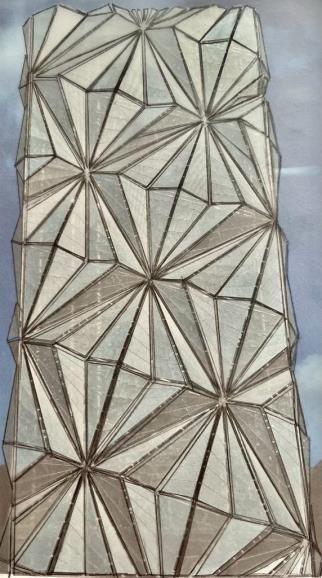

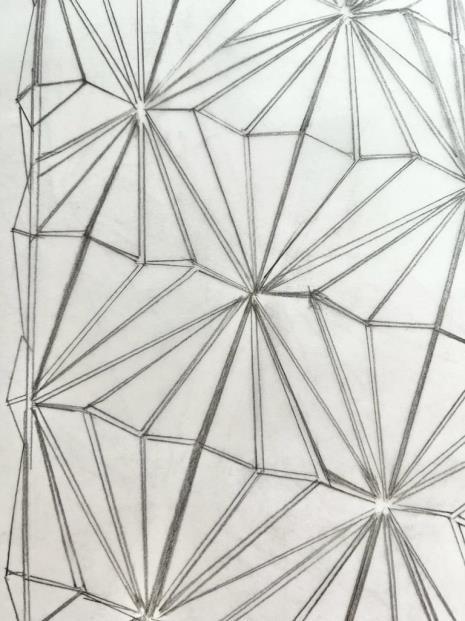
I aimed to develop a similar structure in SketchUp by turning it into a type of pavilion where one can go inside and socialise.
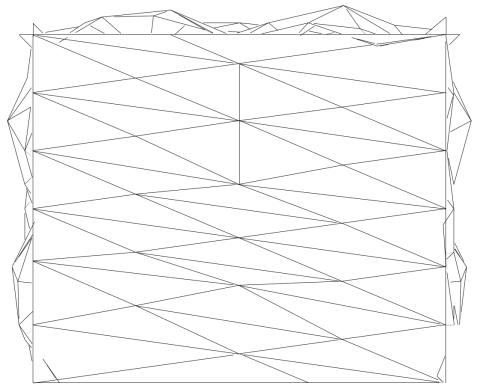
In the style of Jean Nouvel, who used patterns in Islamic Art to decorate his buildings, I decided to test it out for myself.
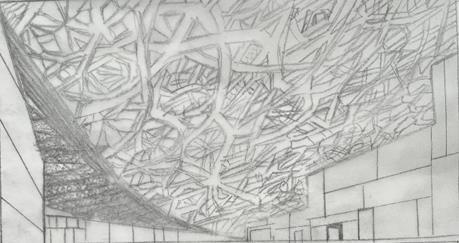
The design shown here uses hexagons, triangles and rectangles to create a new form similar to a flower with petals facing down. I have made copies of the original and merged them together. Then, I scaled them all down and yet again, combined the two so that the final form was achieved.
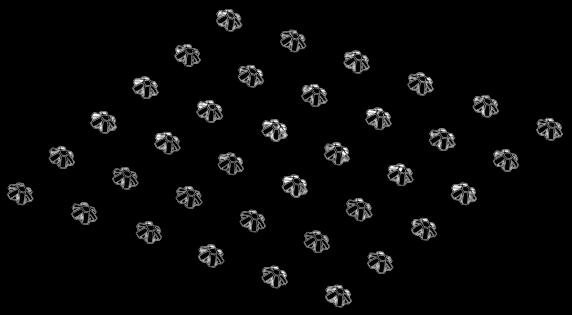
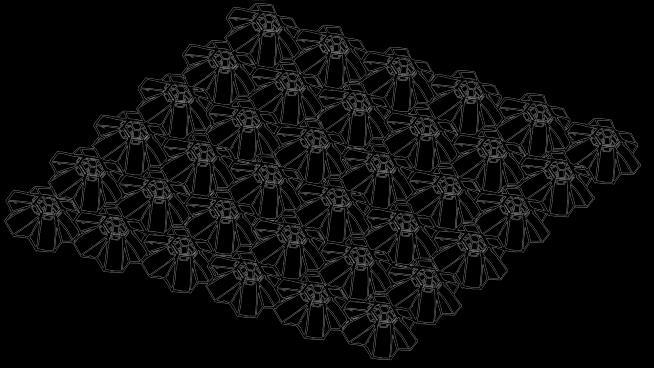
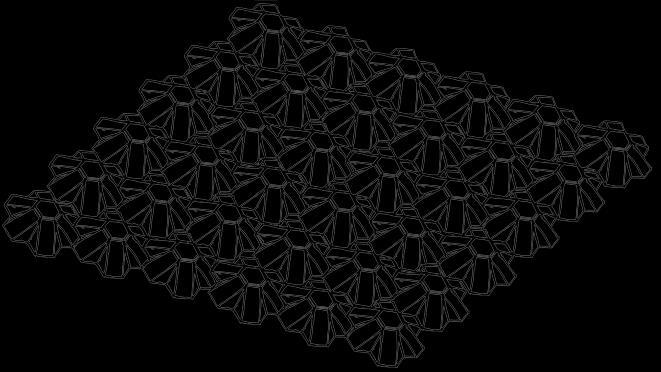
The visual element of pattern is constructed by repeating the elements of an artwork to communicate a sense of rhythm or movement.
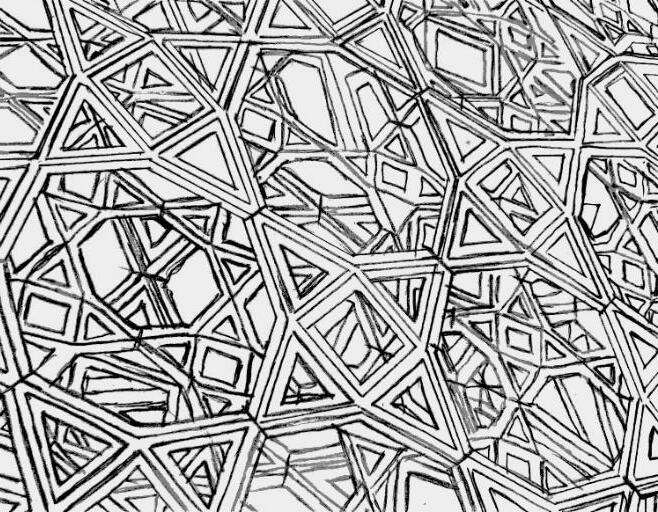
I enjoyed the process and outcome of all the patterns I created using repetition. The pattern on the left is my favourite, so I intend to use it in my design development and maybe even in my final model.
Double zig-zag lines highlighted in black or a combination of rectangles and triangles – these elements added together created a new pattern.
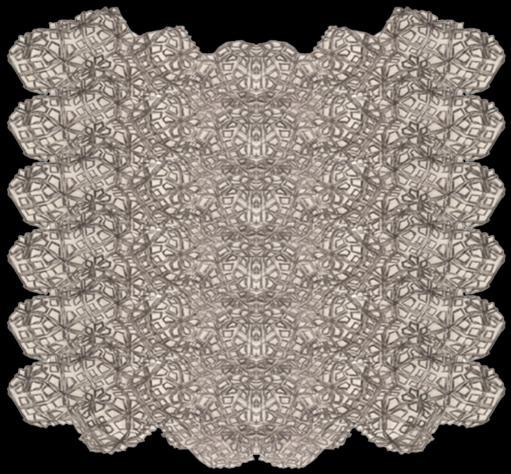
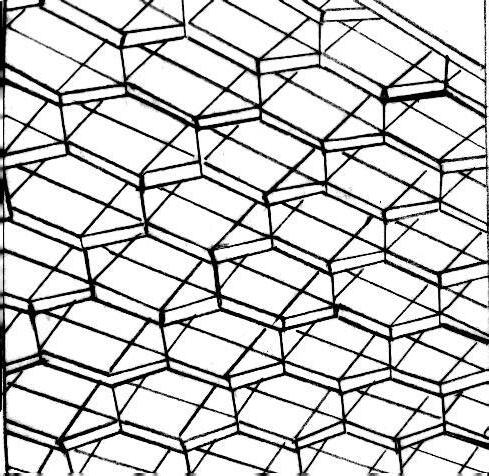



I used these fourobjectsand combinedthem to createa rangeof differentpatternsthat I mightbeableto incorporateintomy design later.
